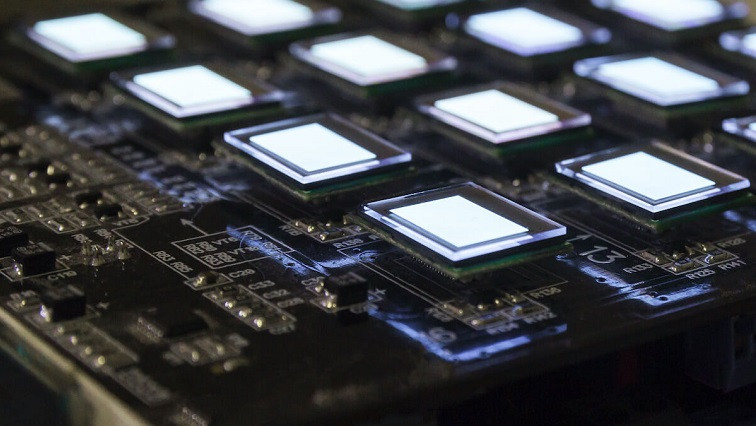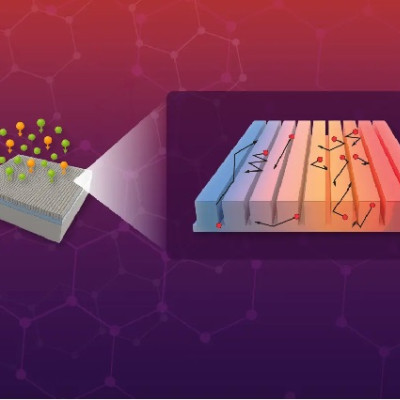Nanotechnology research specialist NextGen Nano has released an infographic tracking the evolution of light-emitting diodes (LEDs) and shedding light on the technology’s future. Since the first recorded instance of electroluminescence in 1907, the market has seen a major push towards better light quality and power efficiency. The infographic follows the company’s recent announcement of breakthrough research on organic light-emitting diodes (OLEDs).
NextGen Nano’s infographic demonstrates how industry is beginning to recognise the true potential of OLEDs, to reduce energy consumption and improve the quality of displays — in everything from TVs and mobile devices to cars and aircrafts. Further research into LEDs and OLEDs may help industries achieve high luminosity displays at significantly lower voltages.
“Thanks to the breakthrough research by NextGen Nano’s chief technology officer Professor Franky So and colleagues, many of the traditional energy limitations of OLED technology have been overcome,” said Matthew Stone, chairman of NextGen Nano.
“In our OLEDs, by choosing organic material with certain molecular properties, higher luminosity is possible at half the voltages of traditional OLEDs. This results in lower power consumption for devices and better-quality colour and brightness in displays,” continued Stone.
“This means that using this improved OLED technology will extend battery life and reduce operational costs. While further research is needed, with this breakthrough, NextGen Nano is committed to helping facilitate the next generation of OLED devices in homes, offices and vehicles,” said Stone.
NextGen Nano is a London based technology company specialising in sustainable applications for nanotechnology. Its recent breakthroughs have been in improving luminosity and efficiency of blue OLEDs, but much of its research is conducted in photovoltaic solar power. To download a free copy of the infographic, click here.
Read the original article on Electrical Times.







